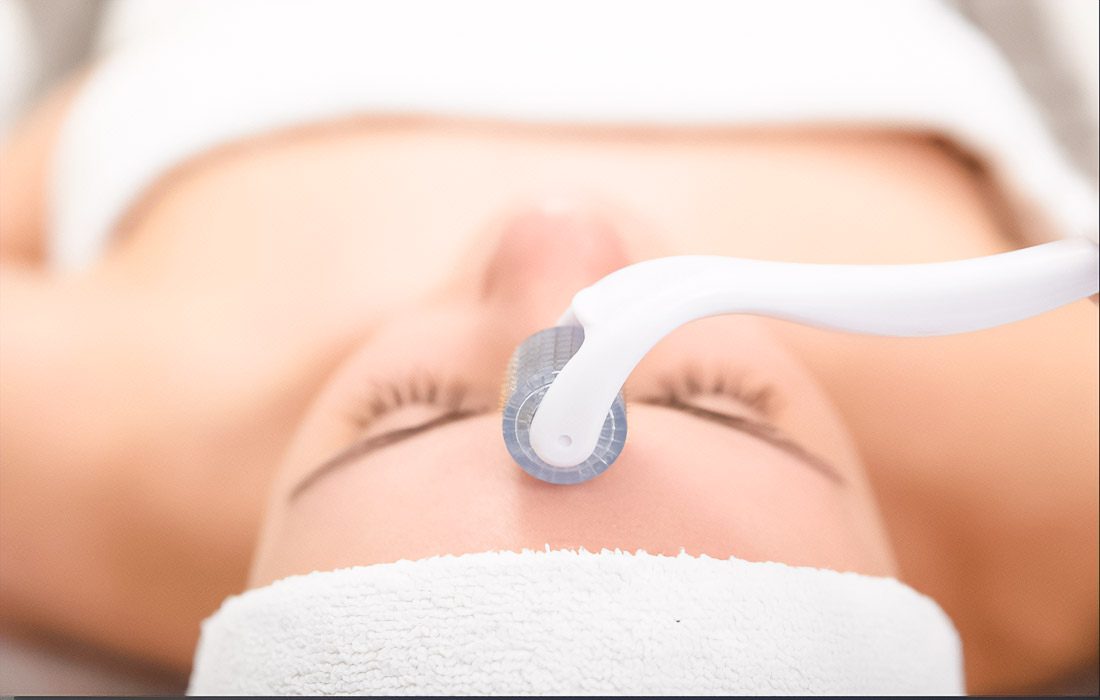Vitamin D is called the “sun hormone,” and this is no coincidence. Its deficiency affects not only bones and immunity, but also the skin, which is the first to react to changes in the body. It would seem that a hot climate and constant sun should solve the problem. However, studies and articles show the opposite: vitamin levels remain alarmingly low in a large number of people.
Levels and Indicators

Many studies record values below 20 ng/ml, which is considered a deficit. Among the participants in the samples, the figures were 17.63 ng/ml, and for some 14.28 or even 2.8 ng/ml. In one study of 260 people, more than 95 had a clear disadvantage, and 42.5% had indicators on the verge. At the same time, only a part of the population reaches a safe 35 ng/ml, although the range closer to 50 is considered to be the norm. More than 65% of the subjects were at risk, which demonstrates the scale of the problem.
Research and Facts

Scientific articles and reviews indicate that deficiency is recorded in both infants and adults. Levels of 5.2 or 2.8 ng/ml in children are an alarming signal for doctors and parents. Among adolescents and adults over the age of 18, the indicators also often do not exceed 19.5 ng/ml. In a sample of 200 people, almost half showed insufficiency. The vitamin D
status is described in publications as “low” even with constant sunlight.
Why Deficiency Persists

Why is this happening? First, the lifestyle. People spend their days indoors, and skin exposure is minimized. Secondly, habits: clothes covering the body and limited exposure to the sun reduce vitamin synthesis. Thirdly, age-related features: the level of young participants is higher, but by the age of 34–35 it often drops.
Skin Health Under Deficiency

The skin is a mirror of the body’s condition. Vitamin deficiency affects its ability to regenerate, its barrier function, and its resistance to inflammation. The reviews emphasize that low levels are associated with delayed healing and increased skin sensitivity. For many, addressing this issue goes hand in hand with preventive care, where regular monitoring becomes as important as visiting a skin treatment clinic for ongoing support.
Data from various studies involving groups of 200 or 260 people confirm that vitamin D deficiency is a systemic problem. Levels of 17.63 or 14.28 ng/ml are too common, and values in the range of 19.5–20.99 ng/ml do not provide protection. Even where the sun shines daily, the issue of control and prevention remains acute. That is why vitamin level analysis and attention to status are necessary for everyone who cares about the health of the skin and body

I am inspired daily by my wife and two daughters. In my free time, I like to hike, and play video games with my grandson.
